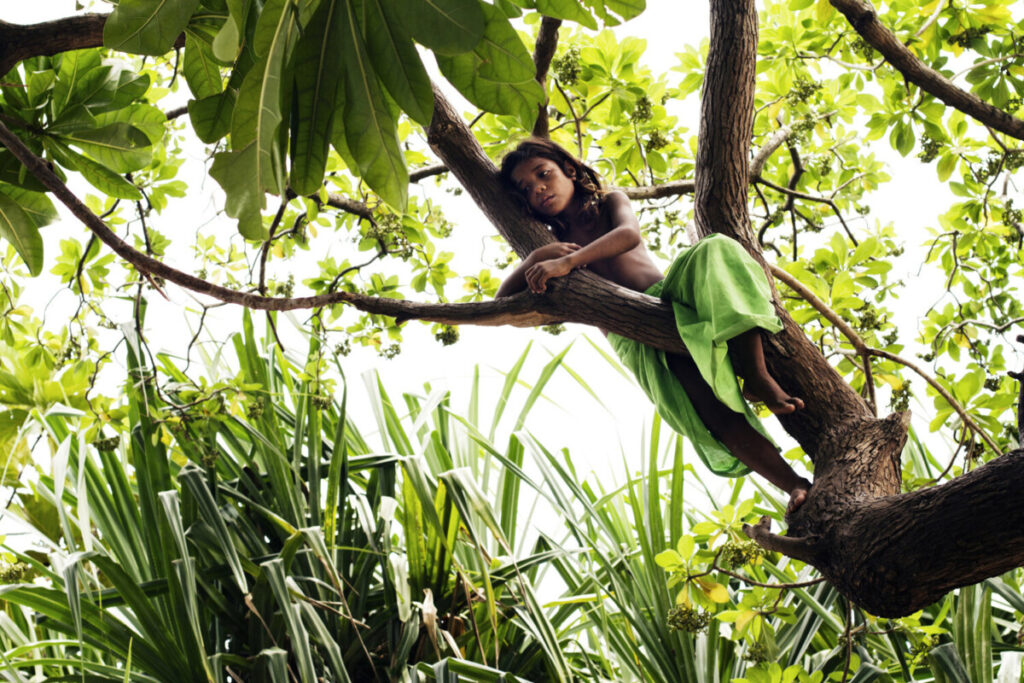
The photographer that I chose is Malin Fezehai who is an Eritrean/Swedish photographer based in NY but has worked in the middle-east, Asia, America, and Africa. Malin’s focus on communities of dislocation around the world. She published a book called “Survivors” to remind us about the violent extremism and this violence impacts the civilian population.
The photograph that I chose is from the album “Displaced”. It tells us a story of a sad child resting between the branches of a tree, who seems to be melancholic, lost in deep thinking, but at the same time so comfortable that the tree and the kid are like part of each other. One with nature
According to the Vanishing Nation video, KIRIBATI is an island the size of Manhattan or even smaller in the South Pacific. As a consequence of the climate crisis, typhoons and other natural disasters, and the projected sea level rise, Kiribati could be uninhabitable in 50 to 60 years. Maybe the child is sad about the future, or even the present, since the water levels will destroy their land.
This photograph makes me sad, but hopeful.
Elements: Rule of Thirds, Diagonal Lines, Contrast of light and dark (greens).
Malin Fezehai intended to focus on the kid, her love for the tree, nature and her home land, and his sadness about the climate crisis. Most likely all the inhabitants of Kiribati will have to immigrate to New Zealand or Australia and to leave their home behind…
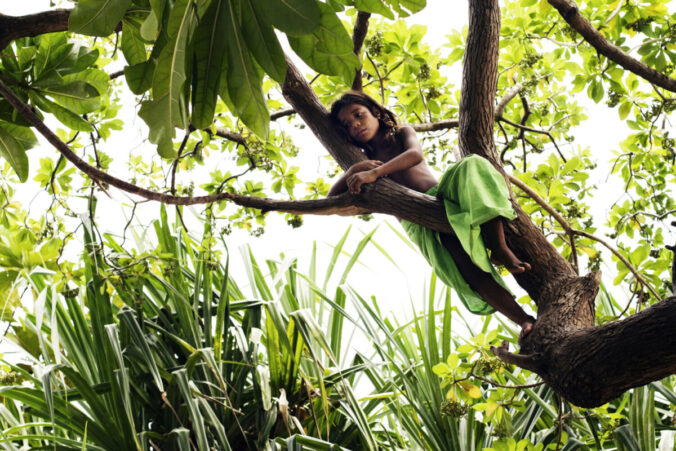
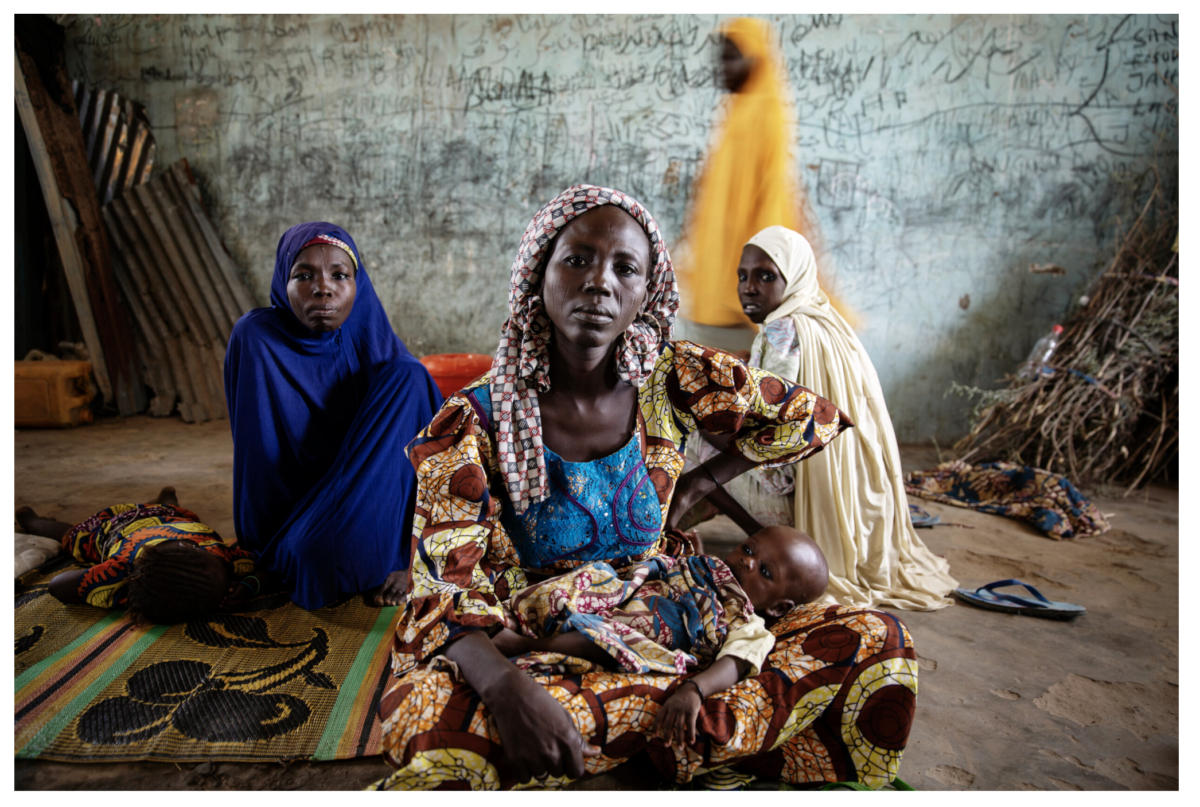
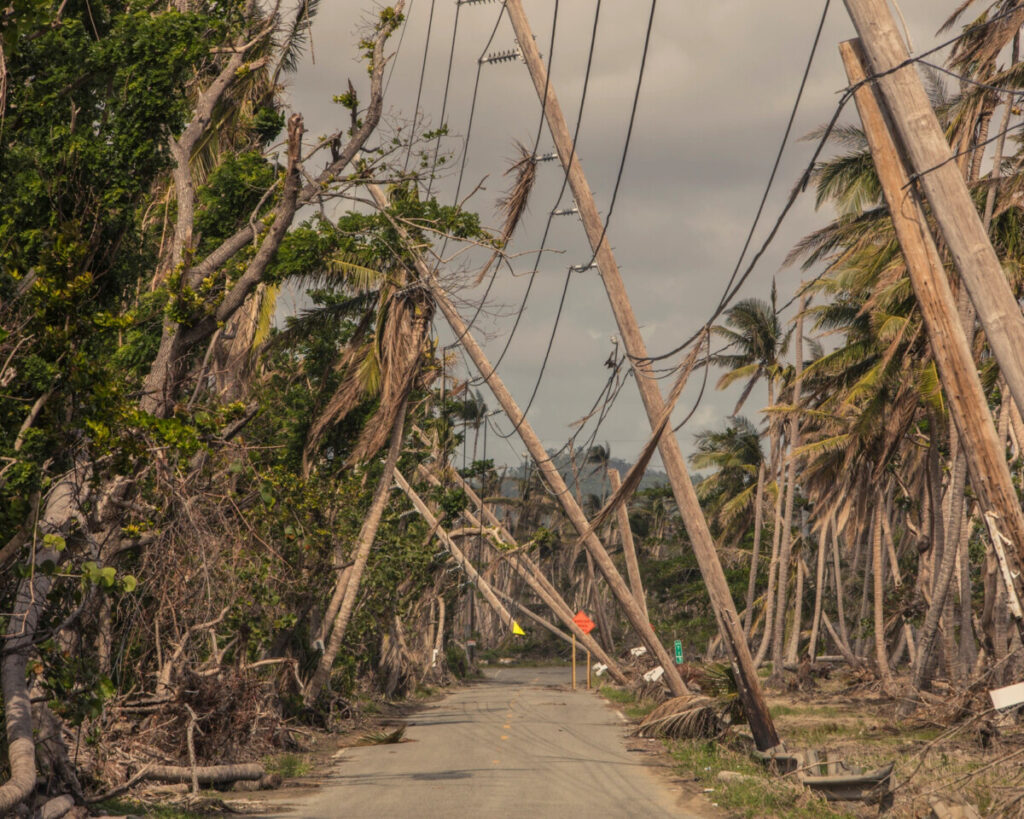
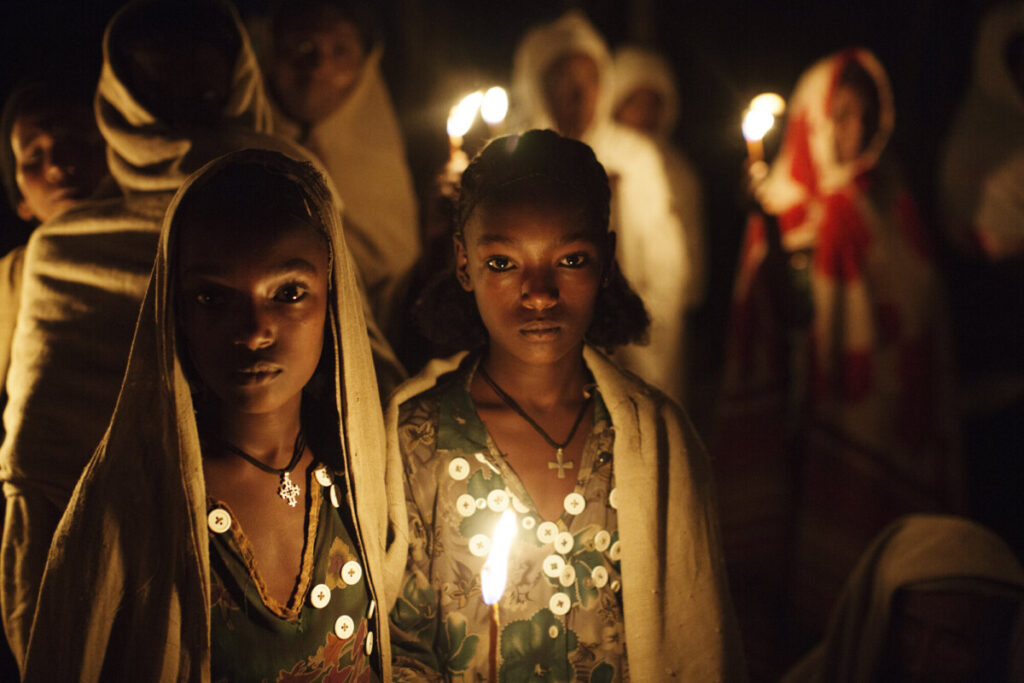




Recent Comments